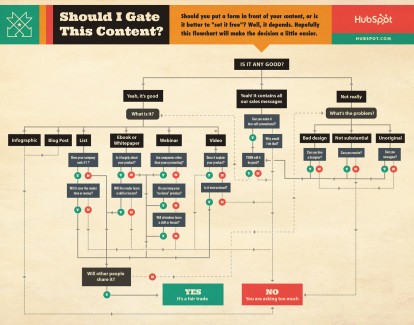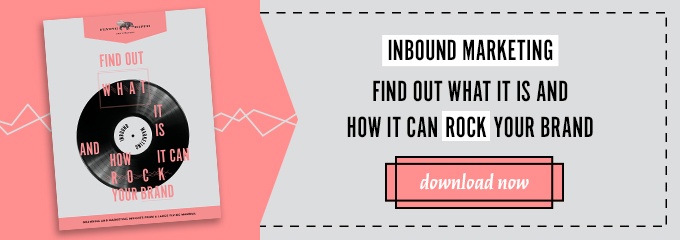 Marketing
Marketing
Deflate Gate: When and Why Should I Gate Content?
Watergate. Now, that one I can deal with. After all, it was that conspiracy that started it all. But ever since that attempted cover-up, the use of the ‘gate’ suffix just hasn’t seemed to let up.
It was tolerable for a while. ‘Irangate’ felt natural because it was political. When Janet and Justin’s ‘Nipplegate’ exposed the youngsters to the reference in ‘04, I cringed but giggled. I wasn’t cold to ‘Climategate,’ either. The suffix still worked there in 2010. But, this past year did me in. When Tom Brady’s ball problems and Arianna Grande’s desire to lick donuts became “gates,” I had officially had enough. After all, there were just too many “-gates!”
The same can be said for the use of gates or ‘gated content’ in inbound marketing. Gated content is “anything behind a form. It is any content that requires a user to give some information — usually personal information, like an email address — in order to see, read, or interact with the content.” But, would you believe me if, some of the times, marketers are overusing those gates, too? How many times have you had to enter your email address just to read an online article or to get a PDF download of something that you could find somewhere else? That’s a common mistake that marketers make, gating the latest greatest info or offer so that precious visitor turns into a lead and eventually into a customer. We understand. We’re all after those SQLs. But, those gates can alienate customers when used inappropriately. So, why, when and how should marketing materials be gated?
WHY SHOULD I GATE MY CONTENT?
You and your team have spent countless hours creating remarkable content based on the different stages of the inbound methodology. You’ve made sure that content like blog posts and infographics is designed to attract. Likewise, other content has been produced to help convert and close your site visitors. This is where the value of the gate comes in.
Because you are offering content that falls into the consideration stage of the buyer’s journey, you are able to ask for personal information from your user (usually an email address or phone number.) Without providing the information, the content is not available – it stays locked up or ‘gated.’ With that info, your marketing and sales teams are equipped to determine just how valuable the lead may be, ultimately leading to if, when and how the person should be contacted.
WHEN SHOULD I GATE MY CONTENT?
The answer to this question is relatively easy. You should only put a gate up in front of a content offer if it has a value to the person that’s surfing your site. Going back to my example earlier, I’ve seen quite a few newspapers put a gate around everything online recently. In order to read an article, these groups ask you to enter an email address so you can read the story and then get a free trial of their site. They’ll also be sure to send you an email the next day and soon after selling their services. That value? Well, considering you could get the same story from one of the 180,000,000 other active websites on the internet, we’d say that it’s not a good deal, at all.
Make your offer worth something of value, though, and now we’re talking. Randall Reilly sums it up like this: “Bottom-of-the-funnel content like e-books, white papers, research, webinars, and — sometimes — slideshows can be most valuable when they are used to generate leads. This content is often more in-depth and more expensive to create, so it makes sense that you would ask for information in exchange.” This is most definitely a powerful statement and something to keep in mind when determining when to gate content. Our friends at Hubspot went one step further and produced this great flowchart infographic to put their spin on things. (Note: there was no gate for this awesome visual.)
One important thing to remember: As with most things marketing, everything should start with a good strategy. This includes your gated content. Before you even begin to produce any blogs, eBooks or white papers, you should already know the purpose of the piece and where it fits in the inbound methodology and buyer’s journey. Knowing this will enable you to determine just what pieces should be protected and will prevent you from being part of yet another unnecessary gate. We’ll leave that to the good old media.



